Michael Sater interviews Definition 6‘s Expert in Residence, Frank Radice, on the exciting future of Social TV and its impact on broadcast and cable programming.
After watching the Oscars last night I started to think, the future of Social TV has got to be really interesting. What do you envision?
One of the things that stood out last night at The Oscars was Umami. Umami is a Social TV application that works on your iPad that syncs with whatever you’re watching on TV. It hears the sound of the TV program and syncs to that show. Then if you hit a button, you can freeze a frame and then immediately share it with all your friends on social media.
So when Angelina Jolie decided to stick her right leg out for the audience, you could freeze-frame it, you could send it out, and you could name it and hashtag it.
There was a hashtag for Angelina Jolie’s leg?
Yes. If you took a look at social media last night, there were thousands of conversations going on or engagements or tweets or Facebook updates about Angelina Jolie’s leg. They even named a hashtag out of it, #AngelinaJolieLeg.
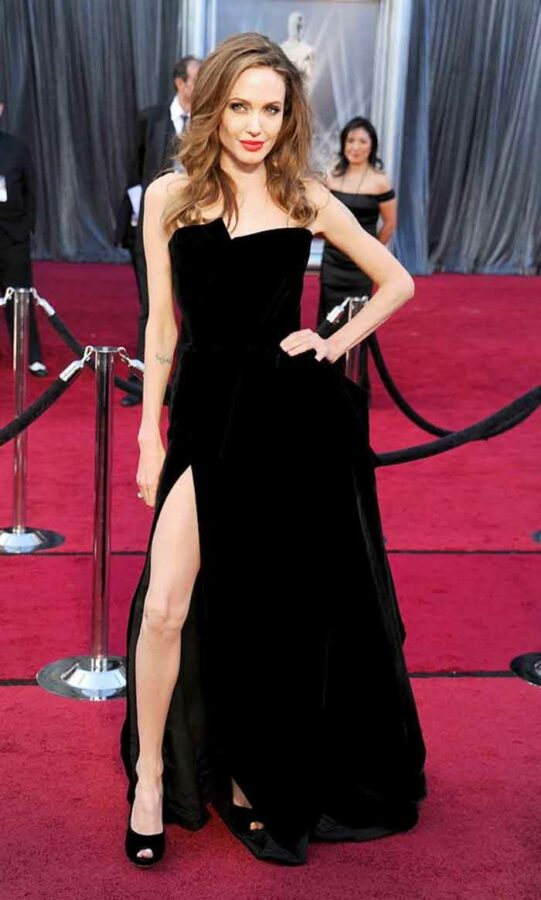
The point is you can do it, and you can do it immediately. Social TV allows you to have a second screen experience with whatever you’re watching.
Well, the experience of having a second screen is not something that’s all that new. But throwing in video and visual is certainly going to change the way people absorb and receive the content. As a gentleman with a few years of TV experience, how do you think that’s going to elevate and escalate those dialogues?
I would say it will hugely elevate and escalate those dialogues for people who are younger, and who aren’t your typical television viewer. I think there are two sides to social television: you want to get engaged, you want to share stuff and you want to talk about it while you’re watching a show.
And then there’s a really bad side to social TV: Leave me alone while I’m watching my show. So wherever you stand on that scale is where the importance of social television will be to you. I actually think, right now we’re somewhere in the middle in terms of our society. I’d say more people are watching television that are probably in the 25-54 age group or even older. Whereas, 18-49 or 18-34 are probably more into being unplugged or having the cable off and experiencing their content through other devices whether it be an iPad or mobile. I think what’s starting to happen, is as the older generation of people who want to watch television and be couch potatoes, and the newer generation of viewers and content consumers want to get it another way. As they start to come together, what will actually happen will be social TV. That’s when we’ll reach the zenith of it.
That makes me think of your comments from CES. Consumers who are attempting to watch dramas probably don’t want to interact in a social manner. While people who are in a big community event, like the Oscars, are most certainly wanting to engage and have that dialogue. So as consumers start to age, and the younger group gets older, do you think there will be a larger adoption of social TV practices?
That’s a good point. I think for live TV events, like sporting events or big awards shows like The Oscars, Thanksgiving Day parade, or the tree lighting at the Rockefeller Center, those are things that will allow people to take their minds away from the content and then go back into it. However, and I do agree that dramas need you to pay attention, but Showtime is doing something very interesting. For example, you can watch Dexter and have a second screen experience with the Showtime application. And before a murder occurs, there will be an engagement opportunity on the second screen application. It’s a different kind of social engagement, it’s not “Oh did you see who Dexter murdered?”, it’s now asking you what you think is about to happen. It’s creating a situation that makes you feel a part of the story.
Well, by triggering people’s thoughtfulness you’re playing on people’s psychology of changing somebody from a passive consumer to a thoughtful consumer of that medium.
Which is really what social TV or social television is supposed to be about. It makes you an active consumer fo content.
Do you think Social TV will be a big topic of discussion at SXSW?
Yes. You’re going to hear about Connected TV, you’re going to hear about iTV which has existed for a long time, but all of these things are second screen applications that will utilize something like the Shazam sound recognition ability for the application to know what you’re actually watching. What I think will start to happen is, they will take what has just been social TV and a second screen application and start to do some of the things we’re talking about now. They will actually allow you to become involved in it, involved in the story, to be an active participant instead of a passive viewer, and to make social television something that truly will become something you can talk about and share with your friends.
The Exciting Future Of Social TV - Interview With Frank Radice ... #SocialTV #SocialTelevision @fradice Share on XRelated Articles:
- How Social Media Revolutionized Fandom Forever
- 3 Successful Strategies That Help Create Major TV Events
- Interview with NBC’s Salil Dalvi on the Future of Live Mobile TV
- Americans Spend 25% Of Their Online Time With Using Social Media
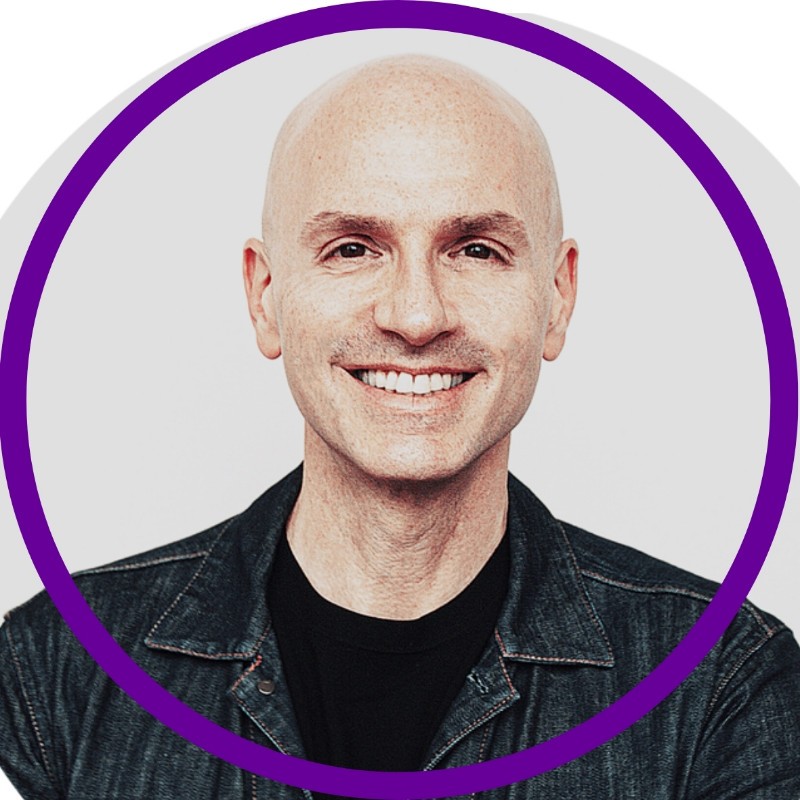
I help HR leaders to evolve company culture through professional coaching, diversity & inclusion, leadership development, and communications strategies.

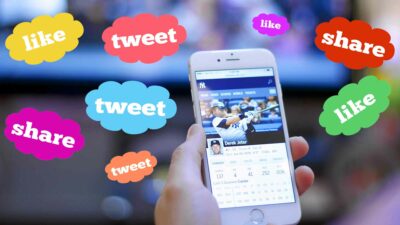







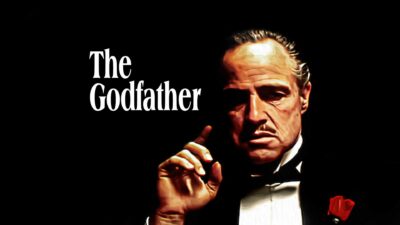
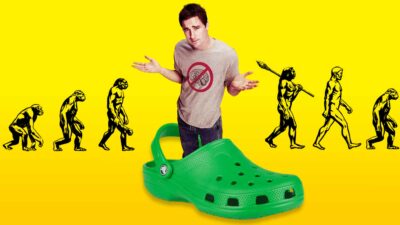

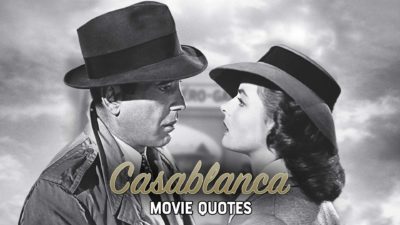

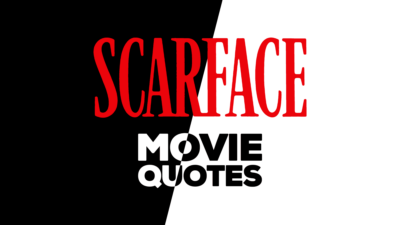

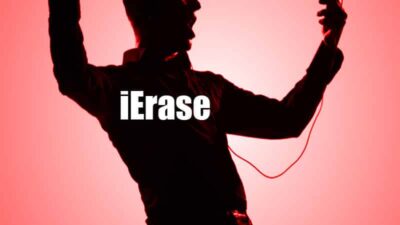

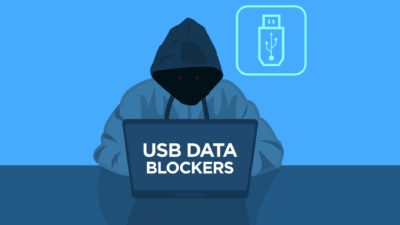
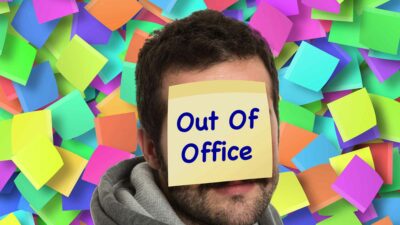



 Details Of Whitney Houston’s Last Will And Testament Revealed
Details Of Whitney Houston’s Last Will And Testament Revealed
Leave a Reply